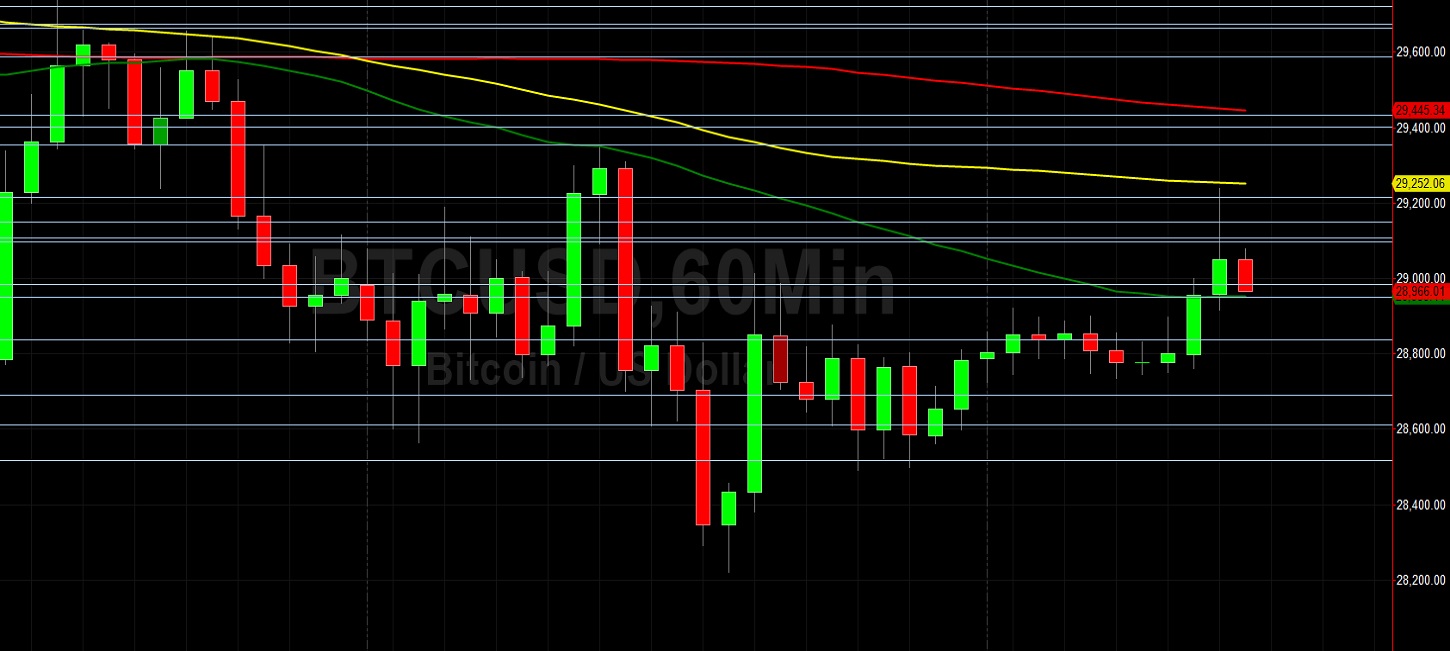Image source: Getty Images
While I haven’t added Royal Mail (LSE:RMG) to my Stocks and Shares ISA, now could be a great time for me to consider opening a position given the attractive dividend yield of 6.3% and long-term potential of the business. Based on last year’s earnings, Royal Mail trades at a price-to-earnings (P/E) ratio of just 4.9x.
Royal Mail’s operating profit fell slightly in FY22 to £612m down from £620m in the previous year. Considering the current valuation of £3bn, I don’t believe Royal Mail is excessively valued as the market is pricing in a decrease in profit next year.
Royal Mail benefited from the pandemic as online orders and parcel volumes increased. As parcel volumes normalise, inflation is putting pressure on UK consumer spending (and Royal Mail), thereby constraining potential 2022 online shopping volumes.
Is the dividend safe?
The 6.3% dividend represents roughly £191m or 32% of total net income. Analysts are guiding £400m in net income next year, which would be enough to maintain the current 20p dividend. Looking further out, analysts expect net income to reach £554m by 2025. This illustrates that the dividend is relatively safe and potentially growing. While there are short-term headwinds with inflation and consumer spending, Royal Mail’s business has historically been stable, with small demand spikes around Christmas.
Furthermore, management completed a £200m buyback last year, giving existing shareholders more ownership in the company. Although Royal Mail holds £872m in debt, it could easily reduce its leverage at any point as it has roughly £1.2bn of cash on its balance sheet.
Risks to consider
Public companies with an attractive dividend yield over 4%+ tend to be highly sensitive to changes in earnings expectations and dividend announcements from management. This is because most investors made the decision to invest based on a growing or relativity high dividend. Any slight revision to dividend payouts will lead to an immediate valuation adjustment.
Royal Mail invests every year in new property and equipment in order to maintain its operational edge. In an inflationary environment, these investments (capital expenditures) cost more and have a larger impact in total free cashflow.
Furthermore, higher fuel prices continue to impact operating profit as GLS operating margins decreased from 8.9% in 2020 to 8.1% in 2021. However, these issues are partly being mitigated by the rollout of an automated parcel sortation system, which will reduce personnel sortation costs.
One for the watchlist
I have put Royal Mail on my watchlist despite the impressive 6.3% dividend. I’d like to see how consumer sentiment holds up as the Bank of England raises rates. Last week, Royal Mail warned of higher prices. I’d also like to see how Royal Mail performs in terms of operating margins and parcel/letter volume as it passes higher costs onto the market.
Credit: Source link













